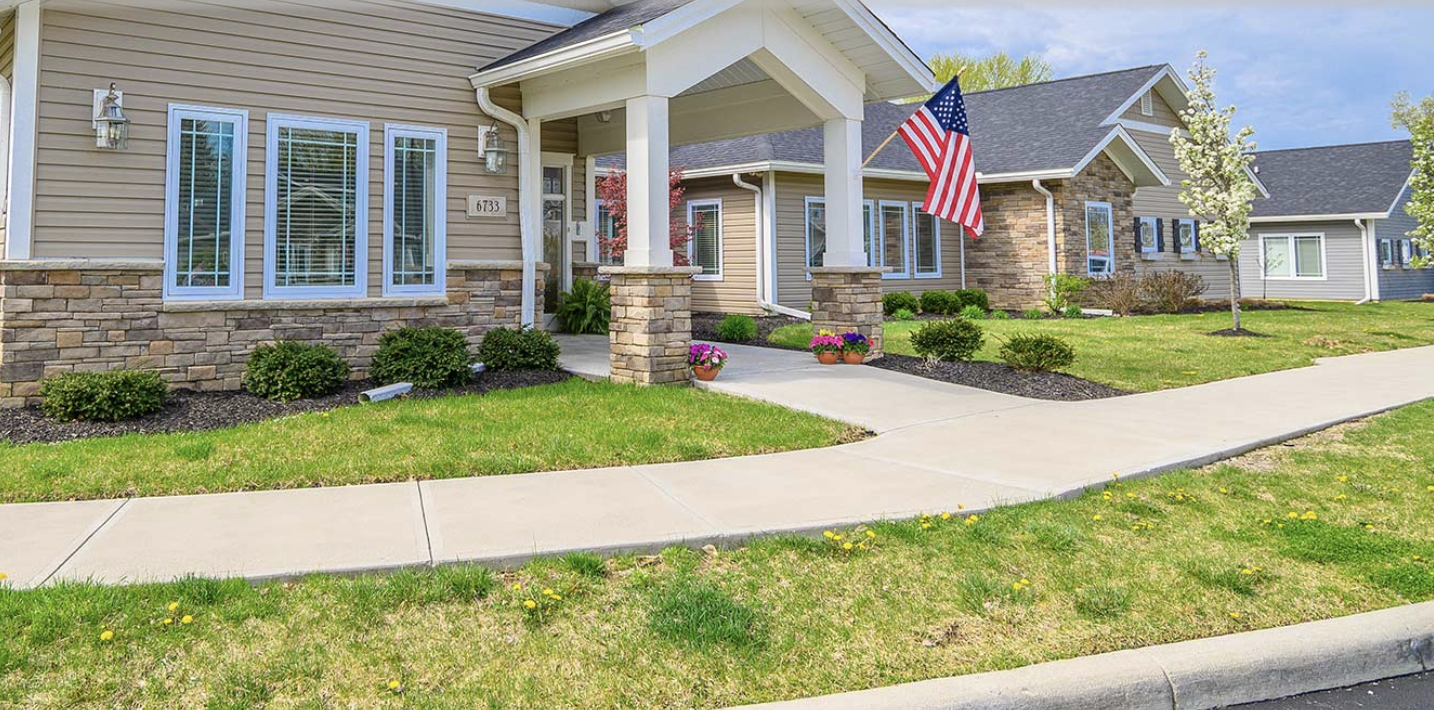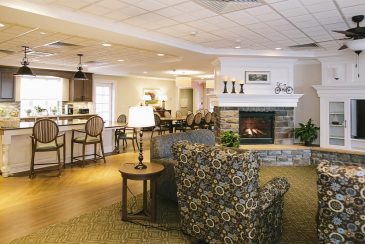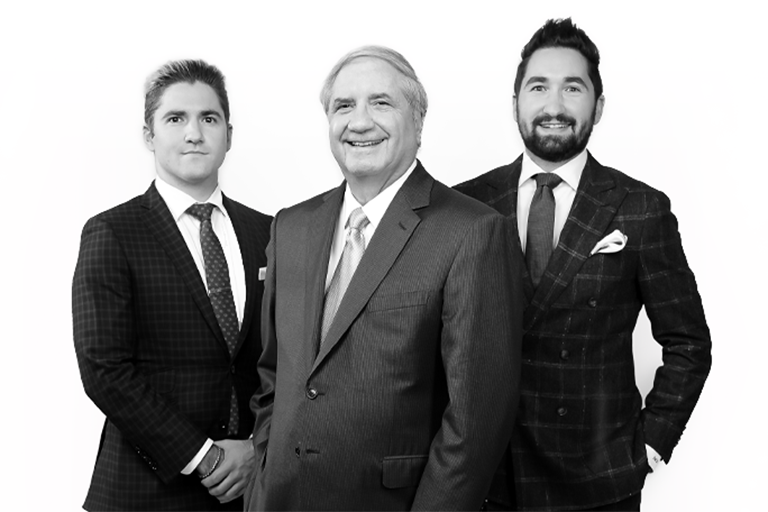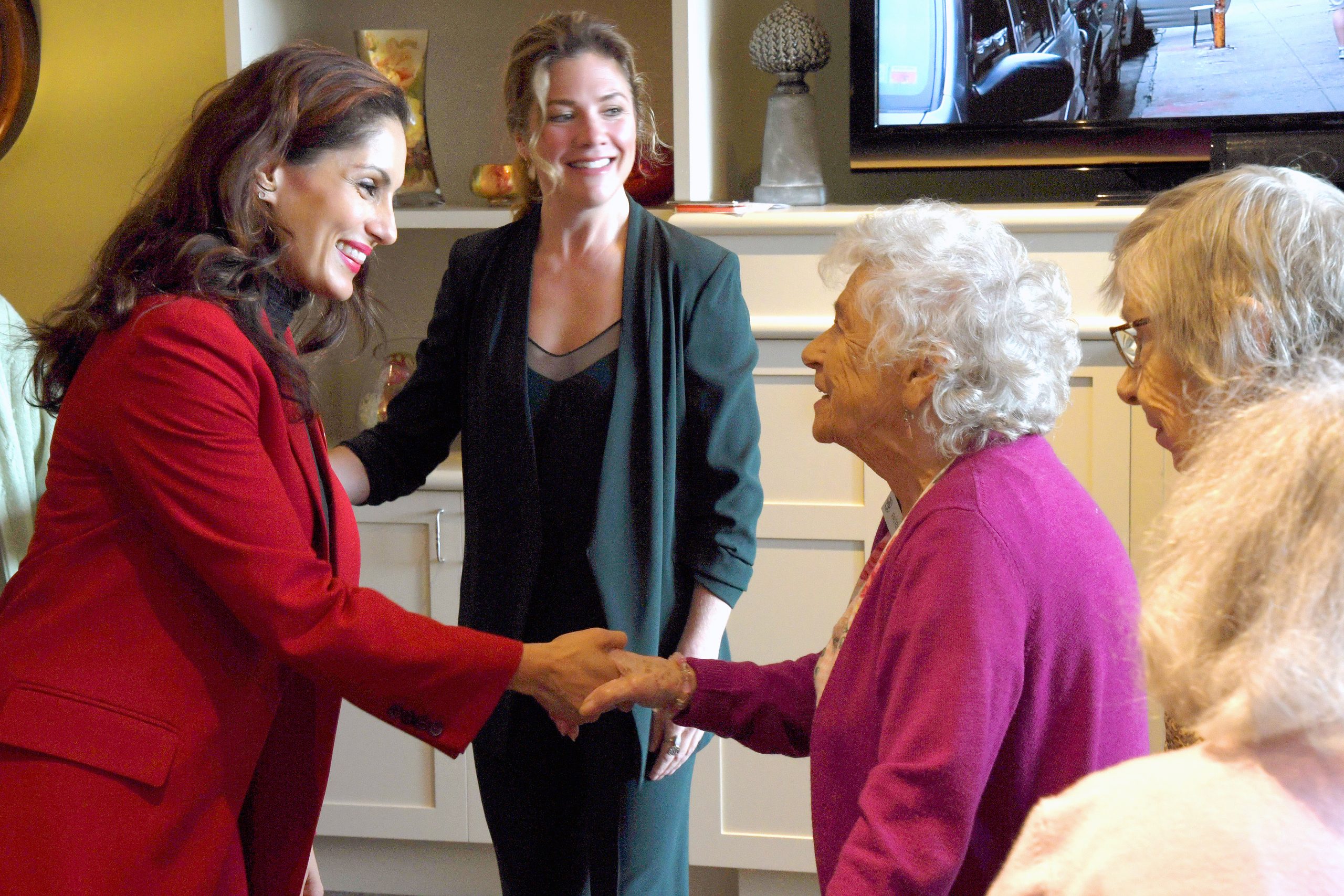
By Kerry | November 16, 2021
The Green House Project opened its first home nearly 18 years ago. Since then, nearly 360 eldercare homes across 32 states are designated “Green House” homes. But more recently, this not-for-profit organization committed to redefining traditional nursing homes has garnered extensive media exposure for defying the odds.
Covid-19’s impact on these communities proved marginal in comparison to the Center for Disease Control’s reported 15,000-plus nursing homes in the U.S. Covid-19 cases in Green House skilled nursing homes were less than half the rate of cases in all nursing homes nationwide. Covid-19 deaths among elders in Green House skilled nursing homes were less than 30% of the rate of all elder deaths in nursing homes nationwide.
“The Pandemic has informed what we’re doing and the fact that we can’t continue to have large buildings with many people under one roof,” said Susan Ryan, senior director at The Green House Project. “The Pandemic underscored the need for both Green House Project homes and Green House 2.0.”
Because Green House homes produced better outcomes for their residents during the pandemic, occupancy rates were also 25% higher than those of traditional nursing homes. Those statistics, coupled with the fact that even pre-pandemic residents of Green House Homes were less likely to require hospitalization, garnered the not-for-profit coverage in a New York Times article this past August.
The Green House Difference
These outcomes are owing to the small-scale design model that is the basis of The Green House Project. Homes have a maximum of 12 residents, who each have a private bedroom and bathroom. They enjoy meals around a communal table, situated adjacent to the home’s open kitchen. A single living room with a fireplace and accessible outdoor spaces also encourage a Green House home’s inhabitants to congregate throughout the day. Residents typically have needs for skilled nursing, post-acute rehab, assisted living or dementia care.
The physical structure is a vast departure from the traditional institutional nursing home setting. It also allows staff, who are universal workers, to gain a deeper understanding of residents and the healthcare issues they may have since they’re tasked with the constant care of the same 12 residents. In turn, residents have lower risks of becoming bedridden, developing ulcers or requiring catheters.

Why Isn’t Green House Growth Mushrooming?
With over 300 residences today, Green House homes serve as an army of Spartans with a proven track record for combatting negative healthcare outcomes for their residents. So why aren’t Green House homes as ubiquitous as Starbucks?
For one, they can be stymied by nursing home Certificate of Needs laws that constrain new construction. These laws ultimately give lawmakers the power to regulate supply based on demand, seemingly flying in the face of a free market economy. According to the Centers for Medicaid and Medicare Services (CMS), occupancy rates for traditional nursing homes dipped as low as 69% between May and December 2020 while Green House homes occupancy only dropped to 86% at their collective worst. As occupancy rates –especially on long-term leases—are a defining factor of return on investment (ROI), the relationship between regulation and market conditions appears equivocal.
But unlike Starbucks, nursing homes often depend on Medicaid to subsidize many of their residents. In short, fewer nursing home beds results in lower public expenditures.
The Nursing Home Improvement and Accountability Act of 2021, sponsored by several senators, seeks to buoy development of smaller nursing homes like those of The Green House Project as well as to provide more funding for staffing reforms. But this Act is separate from the Build Back Better Act, meaning its future remains to be seen (at press time).
Green House 2.0
In 2019, the New Jewish Home in New York City began working with the Green House Project to create three small homes, each housing 13 residents, within the traditional structure of its Westchester campus. Ryan noted “it was amazing what they were able to do within a very traditional structure and that started the Green House 2.0 conversation for us.”
This posed an entirely new challenge for the team of The Green House Project. The organization’s standards were originally developed for new build homes that each house 12 residents. In 2020, The Green House Project introduced Green House 2.0. This new blueprint, developed in conjunction with THW Design, continues to keep the focus on quality of life, quality of care and better business practices.
These are guidelines for converting physical structures to account for Green House homes design principles. Yet they also take into account that as conversion projects, the guiding principles of Green House homes require some modification.
“These are traditional environments that are land or capital constrained and so they can’t build new and they can’t reposition the entire structure into Green House homes,” Ryan explained. “Some providers are in urban locations and concerned that we won’t work with them. So we created 2.0 to comprehensively shape their physical environments and create a cultural and organizational redesign.”
For example, the original Green House model is designed around managing vehicular traffic and maintaining a familiar neighborhood character. But these are less of a concern for the Green House 2.0 communities that are often single structure, multi-floor buildings. Instead, the focus is on creating “micro-communities” of about 12 residents within the building, with the front door of each of these “individual” communities a focal point.
In addition to the guidelines for structural redesign, Green House 2.0 also takes into account the needs for cultural transformation, “including beliefs, behaviors and systems.” Financial, organization and clinical indicators of continued success are identified and leaders and staff are provided with tools and education to ensure they are aligned with the Green House 2.0 vision of care.
“We can’t let perfection stifle innovation and expansion when Green House core values can change the philosophical culture and shift organizational redesign,” Ryan said. “We can bring those core values to traditional environments and apply everything we’ve learned over the last 18 years.”





